030
Apocalypse and 'surreal new realities'

FROM THE EDITOR
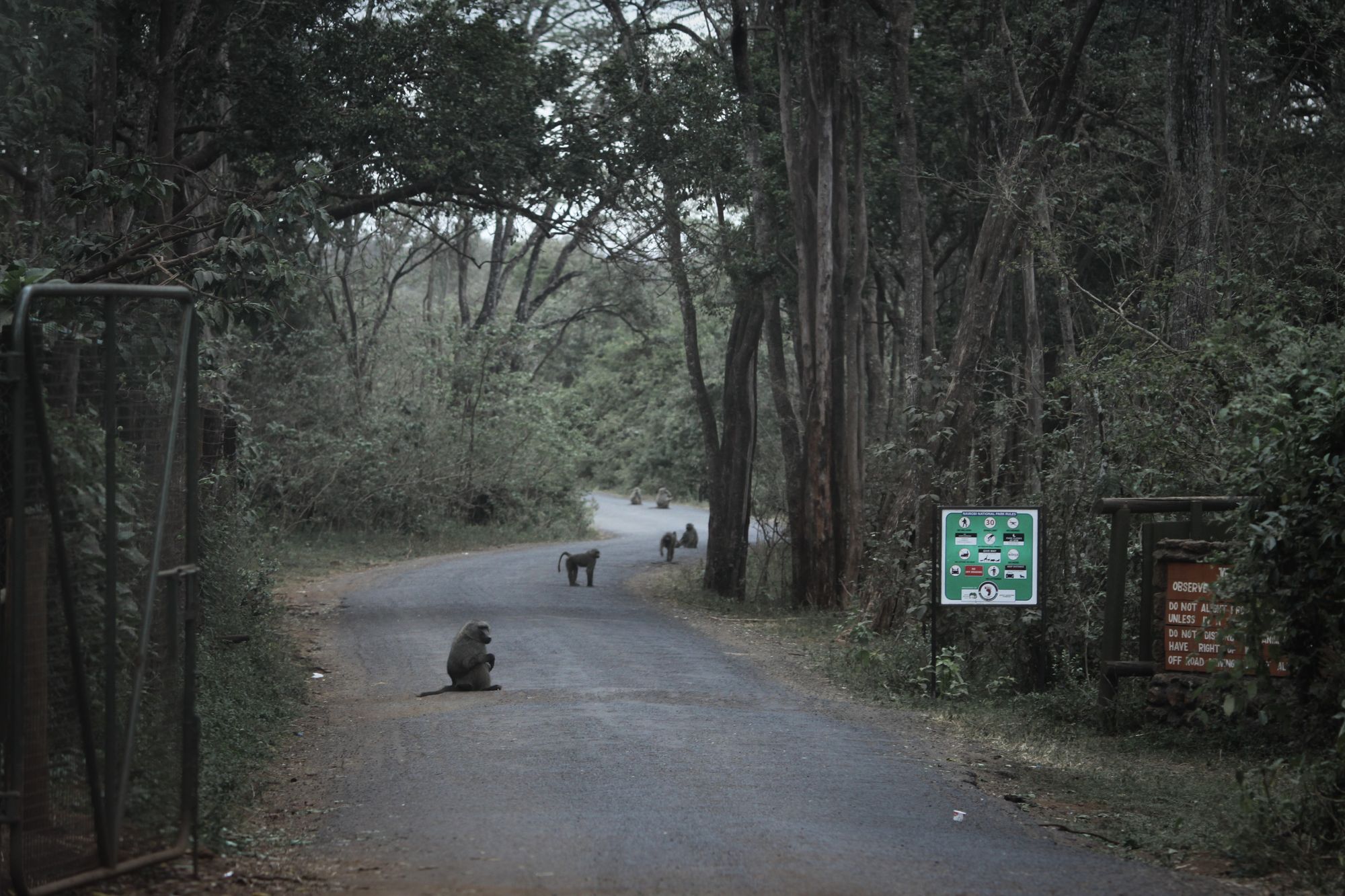
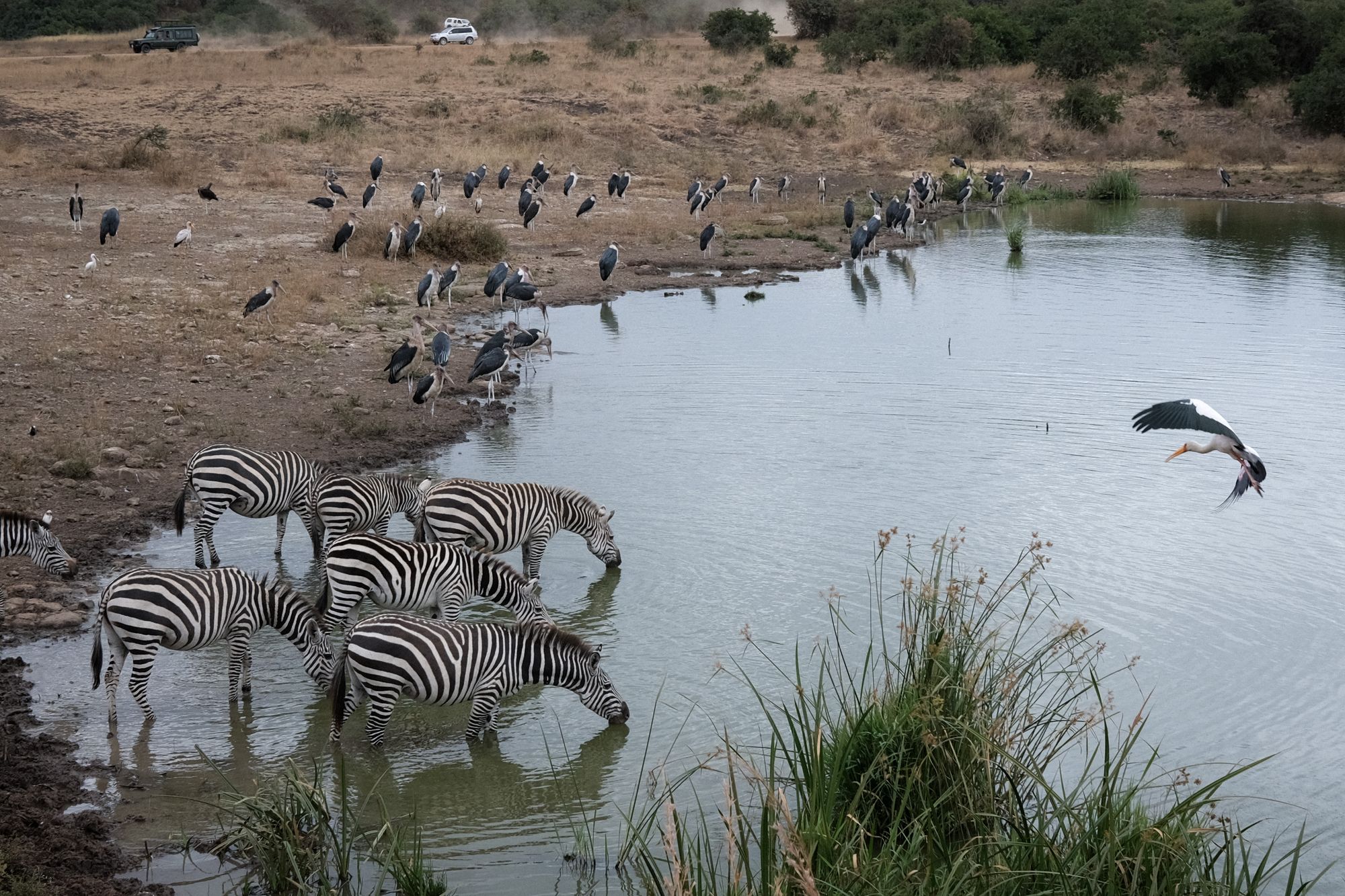
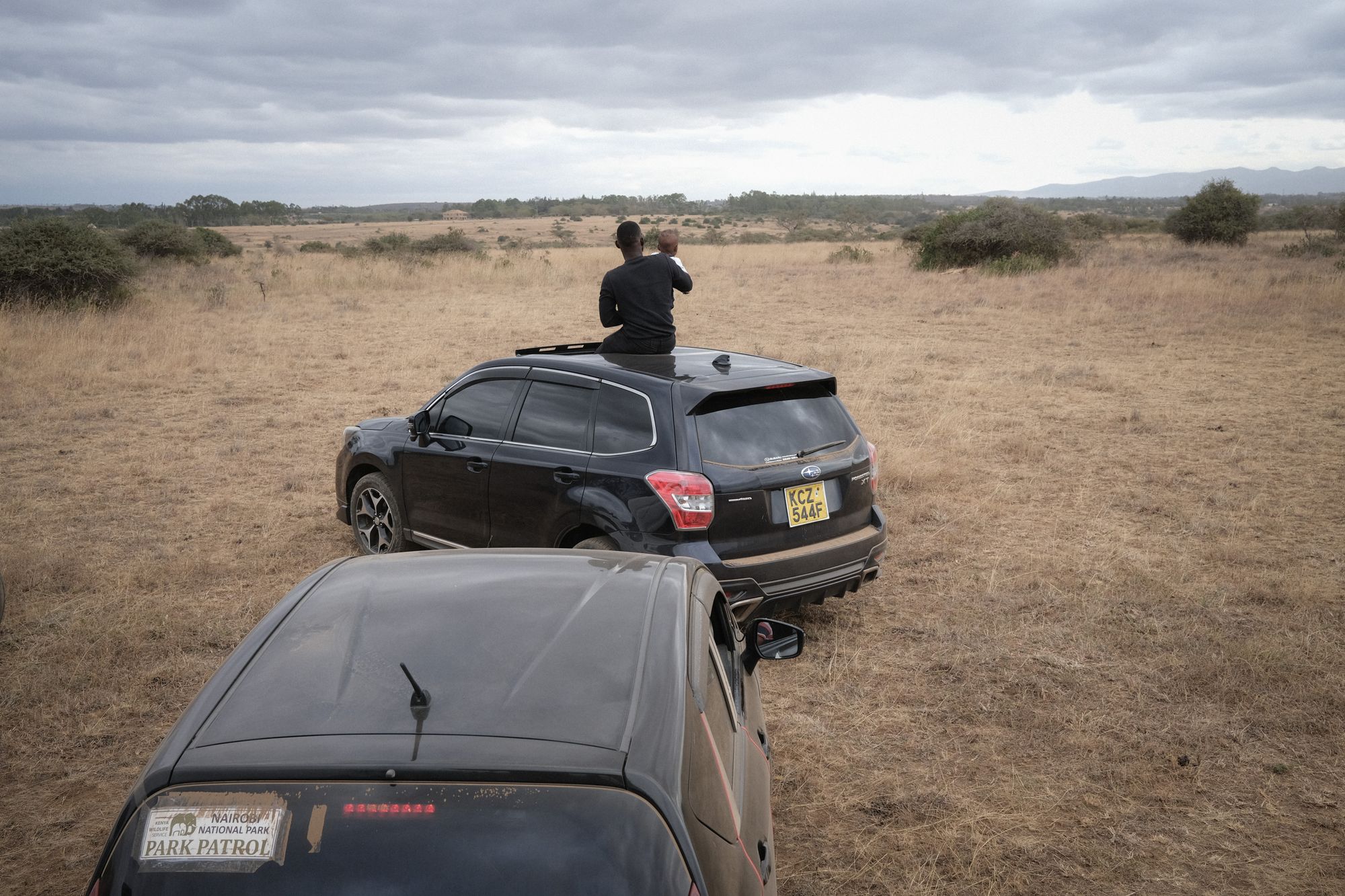
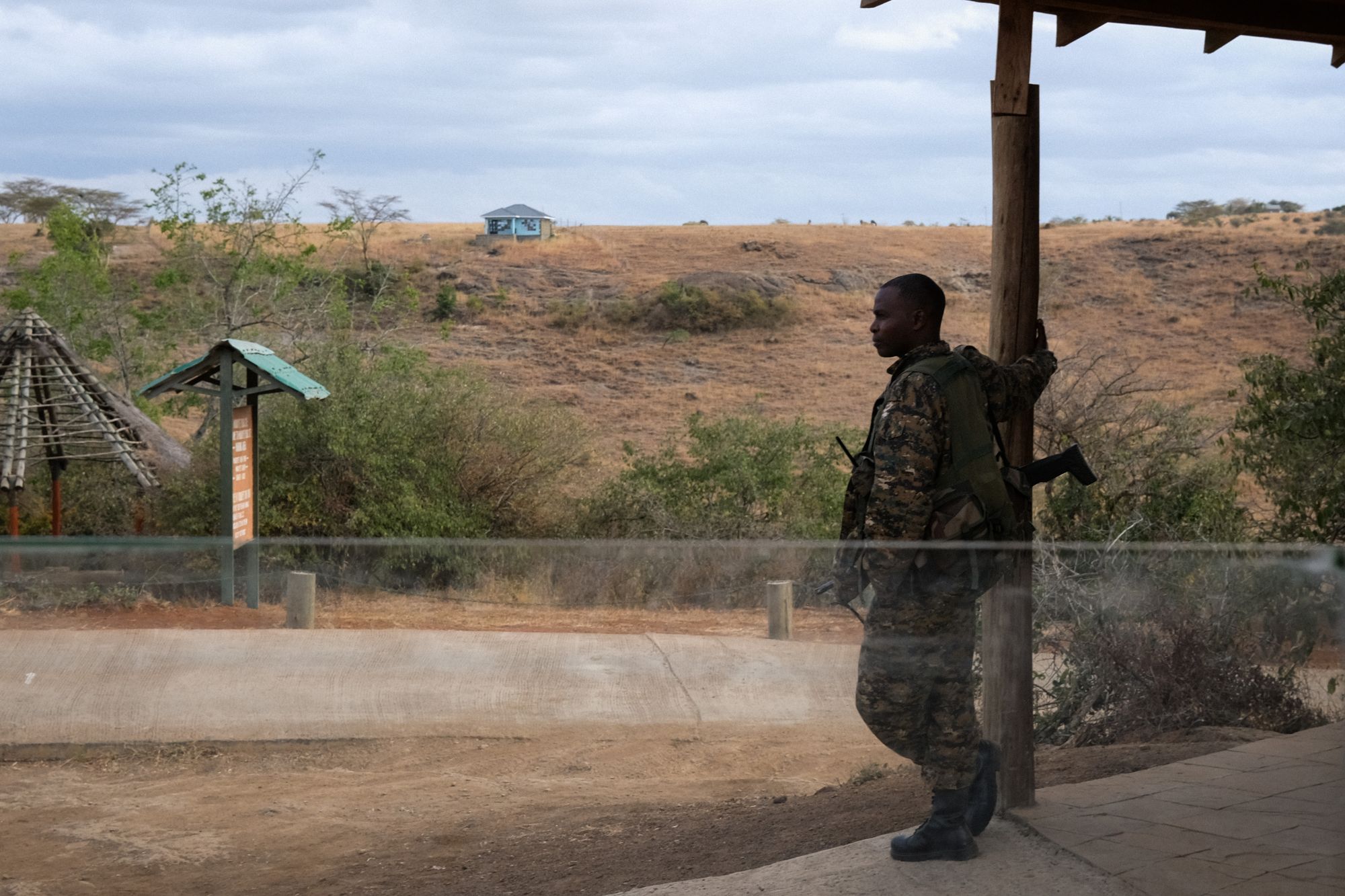
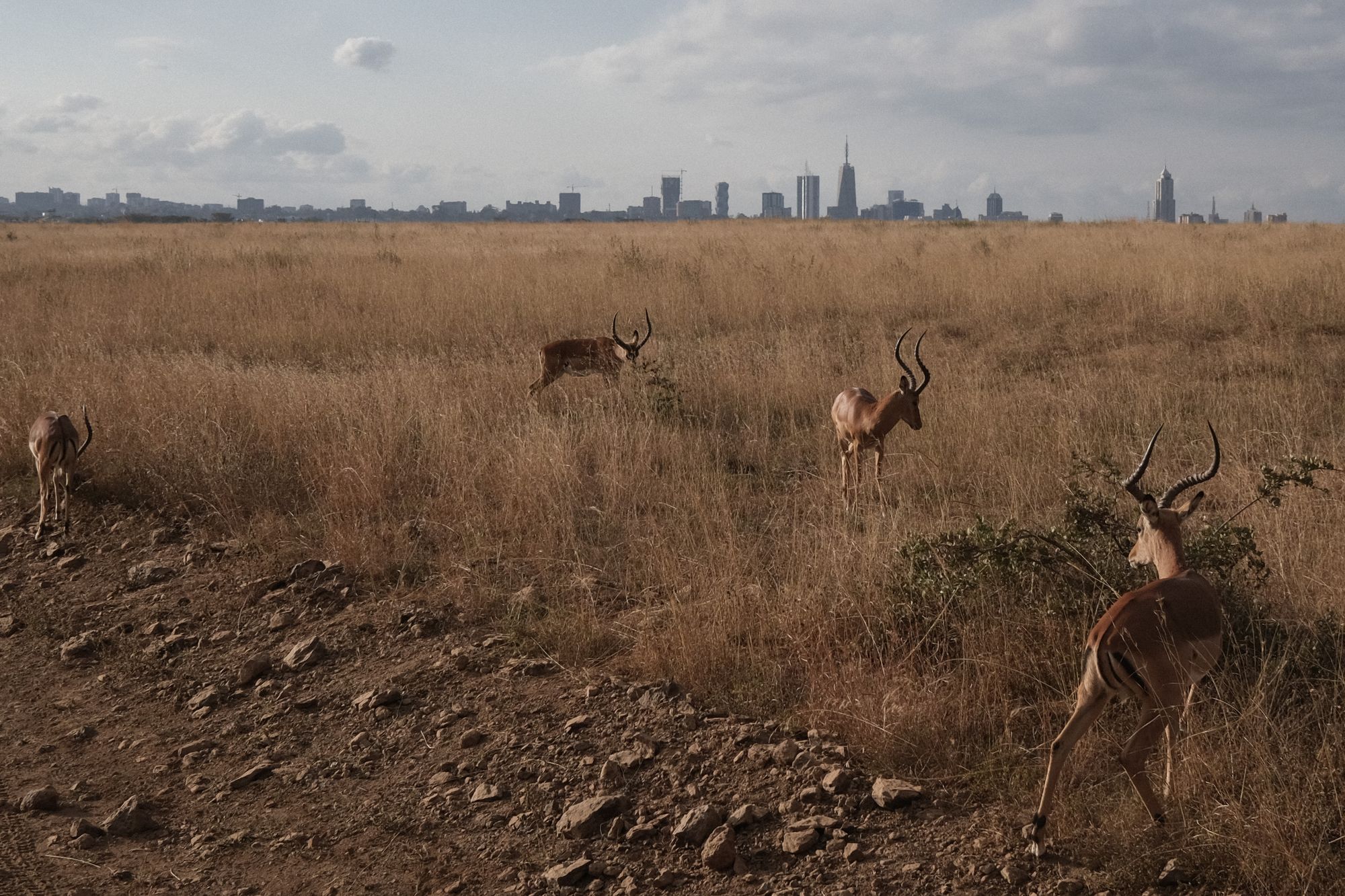
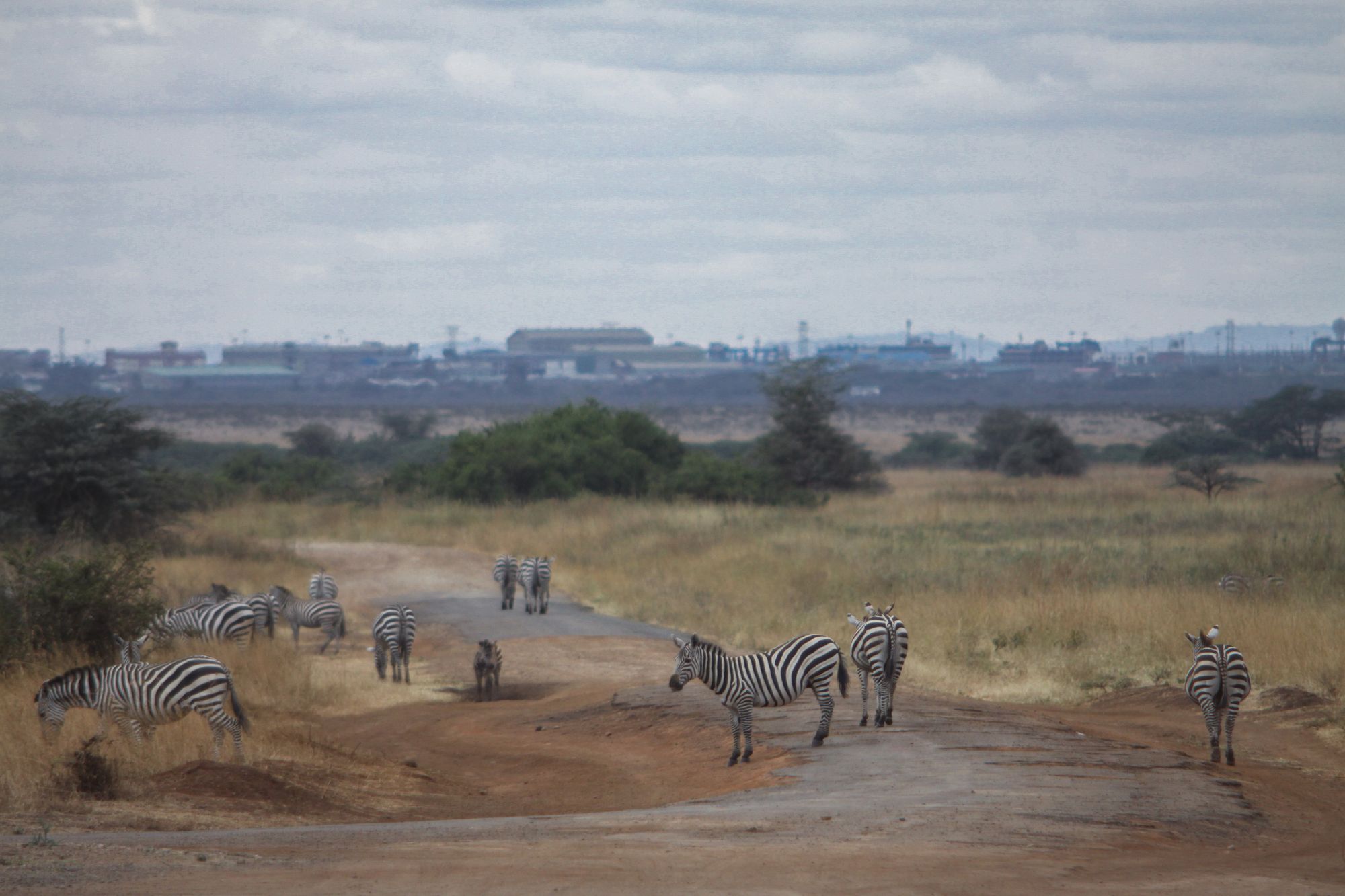
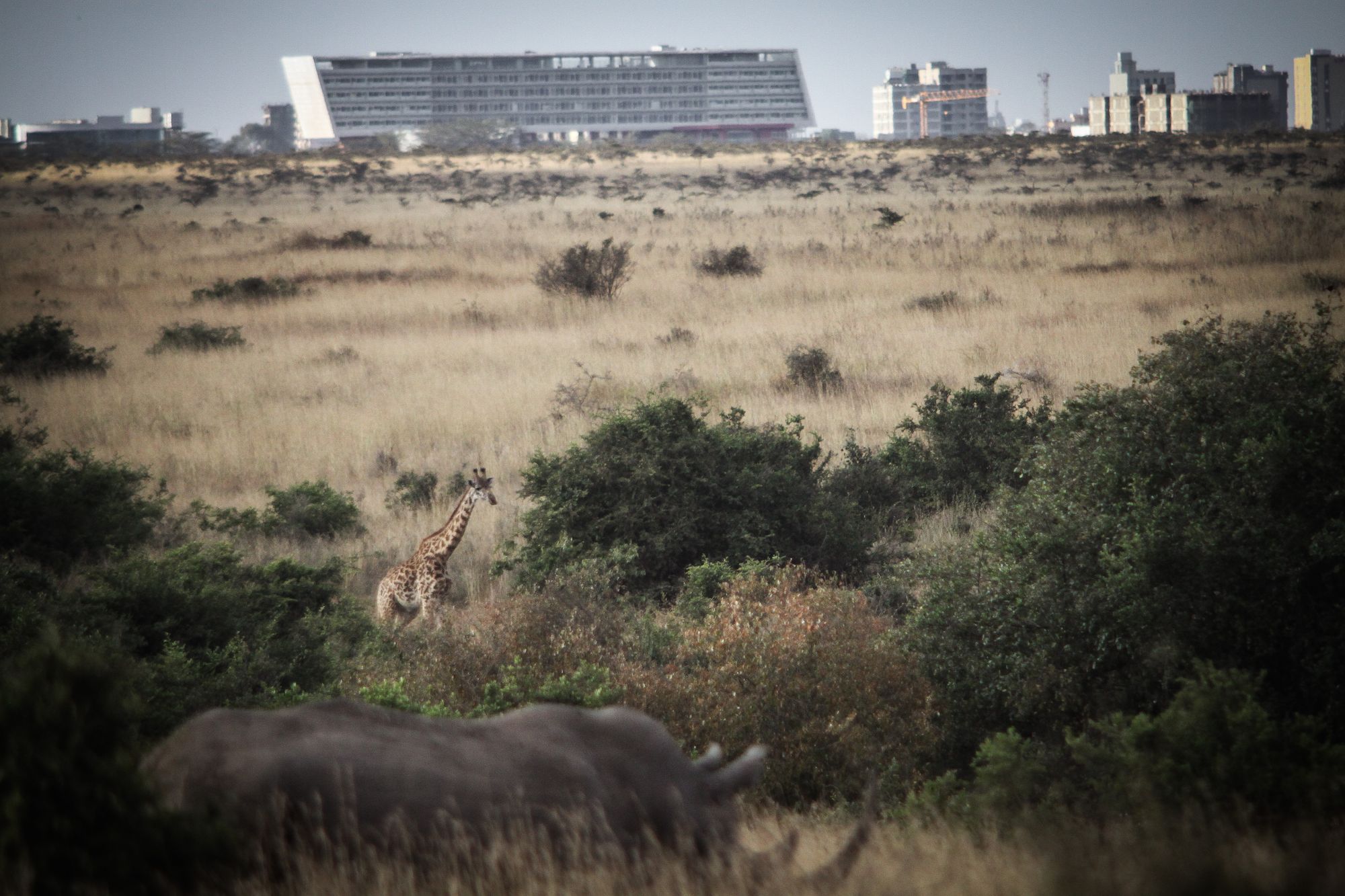
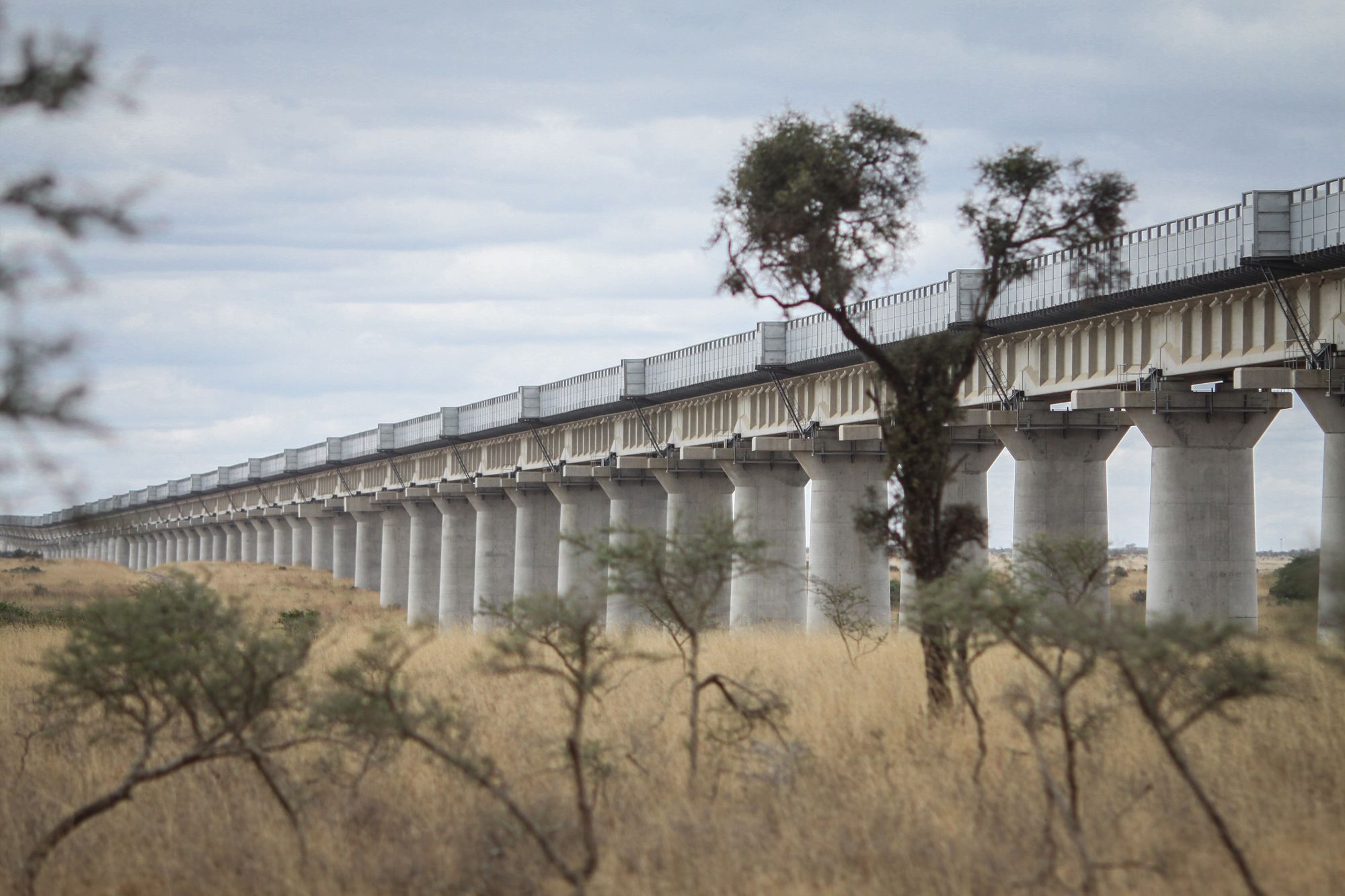
Greetings from Nairobi, where my family and I are now living. More on that below.
Wildlife/nature photography is not really my thing. To do it well, you really need to be someone who has certain lenses, drones, remote cameras, etc. I’ll leave it to those people, who do an incredible job.
I am very interested in nature and the environment (and of course the climate crisis), but I prefer to approach it differently, with a focus on our everyday relationship with our habitat.
How to get people to think about nature differently? I’m not sure it’s with traditional nature photography, which I worry can tend to over-exoticize wildlife as something apart from us. Or photojournalism, which tends to point out problems, which is valuable but can run up against compassion fatigue.
To get at that relationship angle, as a photo teacher I used to give an assignment called Human Nature, with an implied ‘vs’ in-between. My students had to make landscapes that had elements of both the natural and human-built, noticing and exploring how they intersect either in harmony or conflict or simply in interesting ways. It didn’t have to be anywhere exotic, it could be some neglected corner of the local strip mall. I did find that breaking them out of striving for ‘pretty’ landscapes was useful.
So I got a chance to try it. Soon after we arrived here in August we did a drive in Nairobi National Park, a massive wildlife area right up against the edge of the capital. While exotic for sure, it seemed perfect for the Human (vs) Nature concept, on multiple relationship levels: between the park and the city, between the park and visitors, between the natural landscape and human-built structures. Even between the photos themselves and people who will view them with certain expectations.
It’s important to decide what it is you’re trying to do. What is your idea or goal? Sometimes parameters help, I like to say ‘parameters will set you free’.
Mine were:
- Show the relationship of the park to the city and to humans.
- Go understated/quiet/lo-fi instead of dramatic/grandiose, look for subtle ways to go against usual wildlife tropes.
- Keep a wider view, use a shorter lens whenever possible.
- Edit for a coherent series, not best pictures.
I took straight-up shots of animals too as best I could. They were ok, but didn’t make the cut, as I knew they wouldn’t.
In a way, my favorite single image (though not really human vs nature) was at the very end, along the narrow driveway just before heading out the gate. There, just off the road in the tangle of trees, were two giraffes munching away and eyeing us in the fading light. Standing in the open top of our vehicle, we were extremely close, at eye level with them. No telephoto lens required. At home, the equivalent would be deer by the side of the road. Except this was giraffes. Incredible. Almost makes me want to be a wildlife photographer.
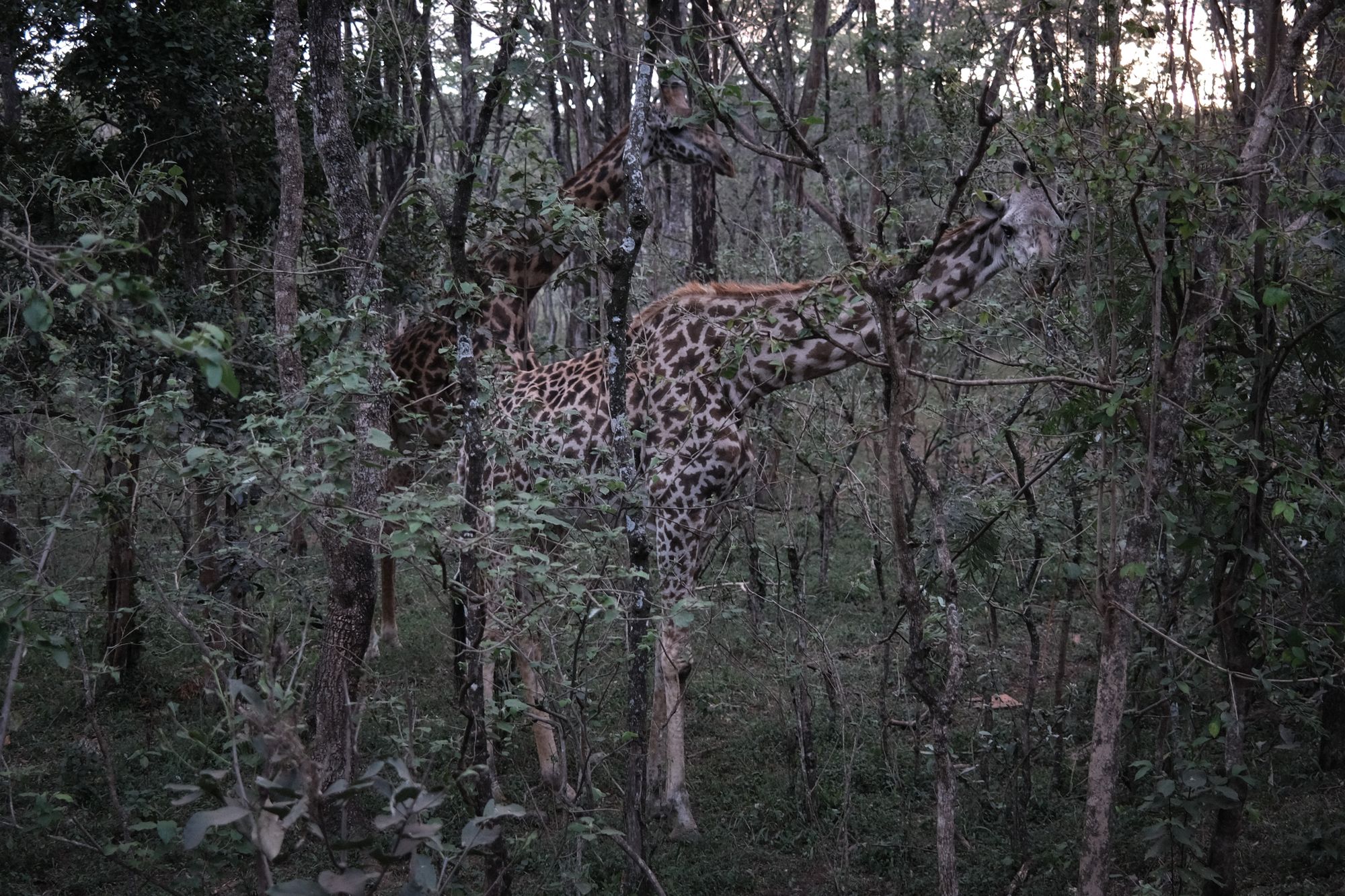
FUTURE MUSIC
Nanna is a singer in the Icelandic band Of Monsters and Men. I've always liked her understated voice, phrasing, and melodic sense. This is her first solo album, it gently takes many of OMAM's charms into a slightly more experimental and chill direction. Intimate future-folk, sonically and thematically.
“A lot of things had to end for this album to become what it is,” she explained in a press release. “A long-term relationship, my prior sense of home and belonging and security. But it’s also an ode to the joy of new beginnings: new relationships, a new home, new friendships, and a new sense of self.
The album takes place in this in-between state. I wrote it in Iceland and recorded it between Iceland and upstate New York. It captures a very specific time in my life of curiosity and reflection when I felt very much in the middle of a surreal new reality and didn’t have a clear path in my direction – like how a snowstorm is somehow chaotic but calm at the same time.”
New beginnings from endings. Apocalypse is a scary word, but that's a big part of its meaning. Not just destruction, but what comes from it. I feel like I know so many people right now who are dealing with the hardships, struggles, and joys of new starts from the ashes of the old.
Personally, these quotes sure do resonate, as I type this in our family's new home-for-awhile in Kenya. Thinking a lot about our 'surreal new reality', what we had to let go of, and the potential of the months and years to come.
Feeling many things at the same time, including: relief - just being here, especially after the lengthy and complex challenges of the transition and leaving so much behind for another world; gratitude - for the time and experience together as a family before my daughter goes to college next year, and the comfortable situation we have here; excitement - for the chance to do something new, to create a new chapter; and of course plenty of uncertainties and anxieties.
More dispatches from Nairobi over time, especially in the context of climate, art, and the direction of the world. I did already blog some initial general impressions here. For now, I'm content to 'start a garden' (not an actual one, we have a gardener who maintains our small but lovely backyard for us and our two doggos). I'm working on cozying up our house with what we were able bring from the US, plus what I can scavenge either from the local malls or roadside vendors. Making friends here and there and rediscovering myself as a photographer after so many years of teaching. Focusing on family and learning this new and fascinating place. Stay tuned!
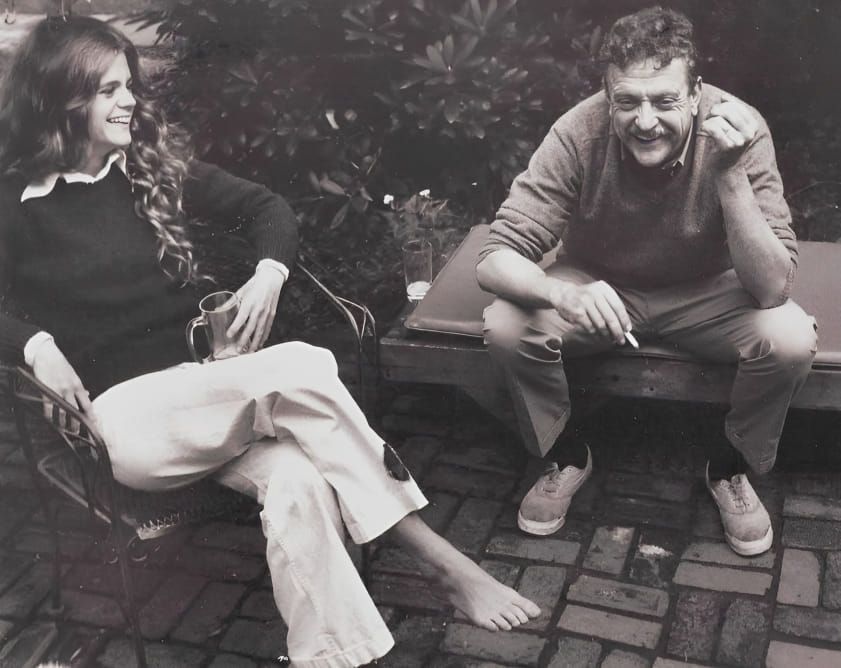
And how should we behave during this Apocalypse? We should be unusually kind to one another, certainly. But we should also stop being so serious. Jokes help a lot. And get a dog, if you don’t already have one.
- Kurt Vonnegut (Armageddon in Retrospect)
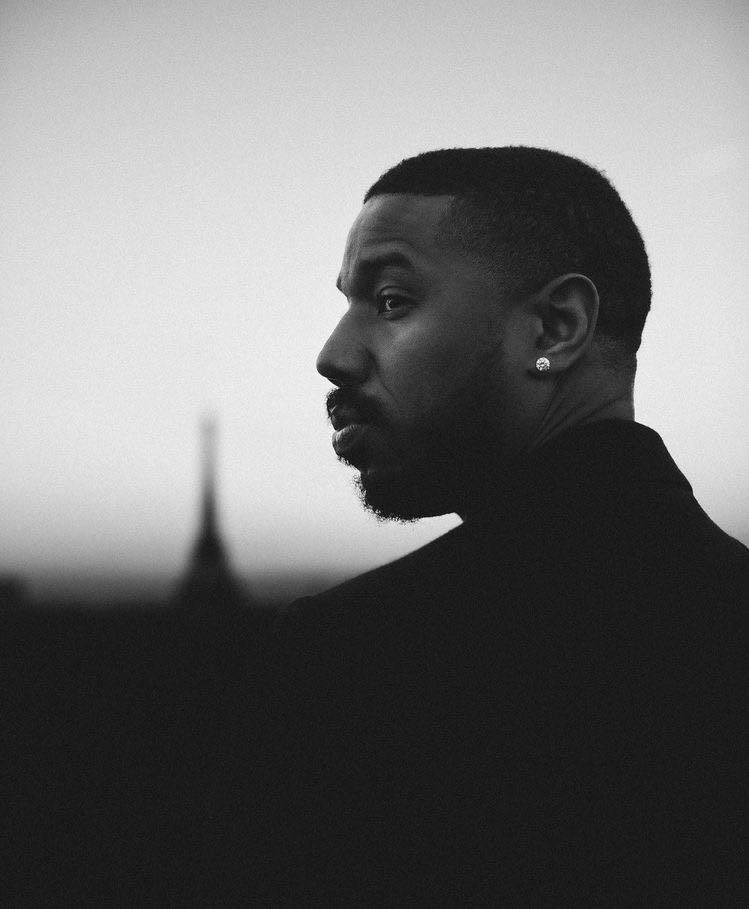
“Honestly, I'm a firm believer in the next generation of filmmakers. It's very important to keep things fresh, new, current. They have a pulse on what's important."
- Michael B. Jordan
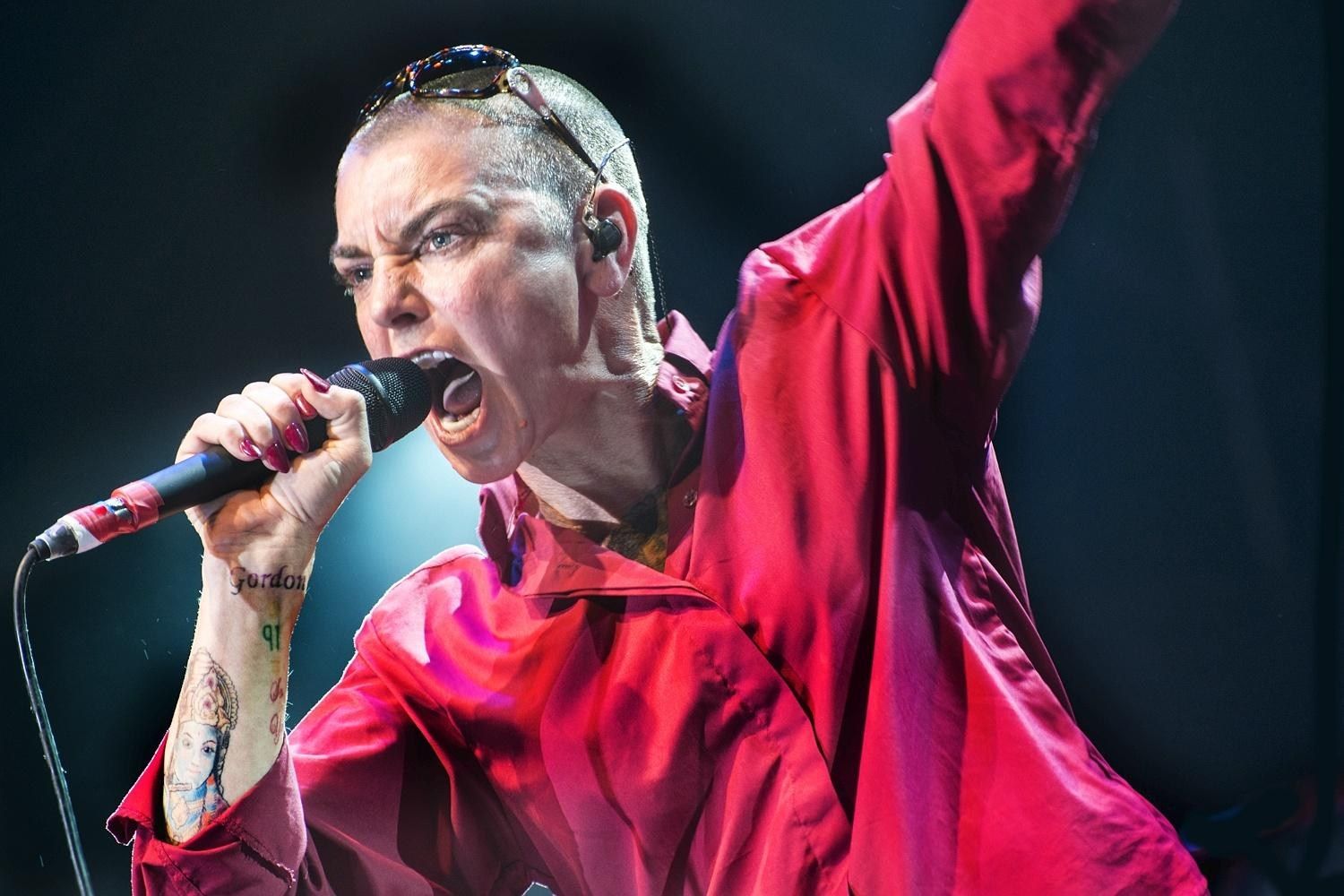
[from Perdita Finn]
Sinead
She died on the feast day of the lost Irish mother goddess Anu... goddess of the oceans and the howling winds and the windswept earth. Anu who the Catholic Church tried to turn into St. Anne the grandmother... but who could not really be tamed.
So many of us, as young women, who first heard her howls knew she spoke for us, expressed what was in our souls for generations. She was so damn brave. So wild. So utterly untamed.
I listened to her songs over and over again and I howled with her and afterwards I would feel better.
The deaths of people with whom I am not personally intimate does not usually matter to much to me.
But this one feels very painful indeed.
Let her be our wild untamed saint. Let her help us take the tape off our mouths and our hearts. Let us always be too loud, too much, too loving, too fierce, too all of it... in her honor.
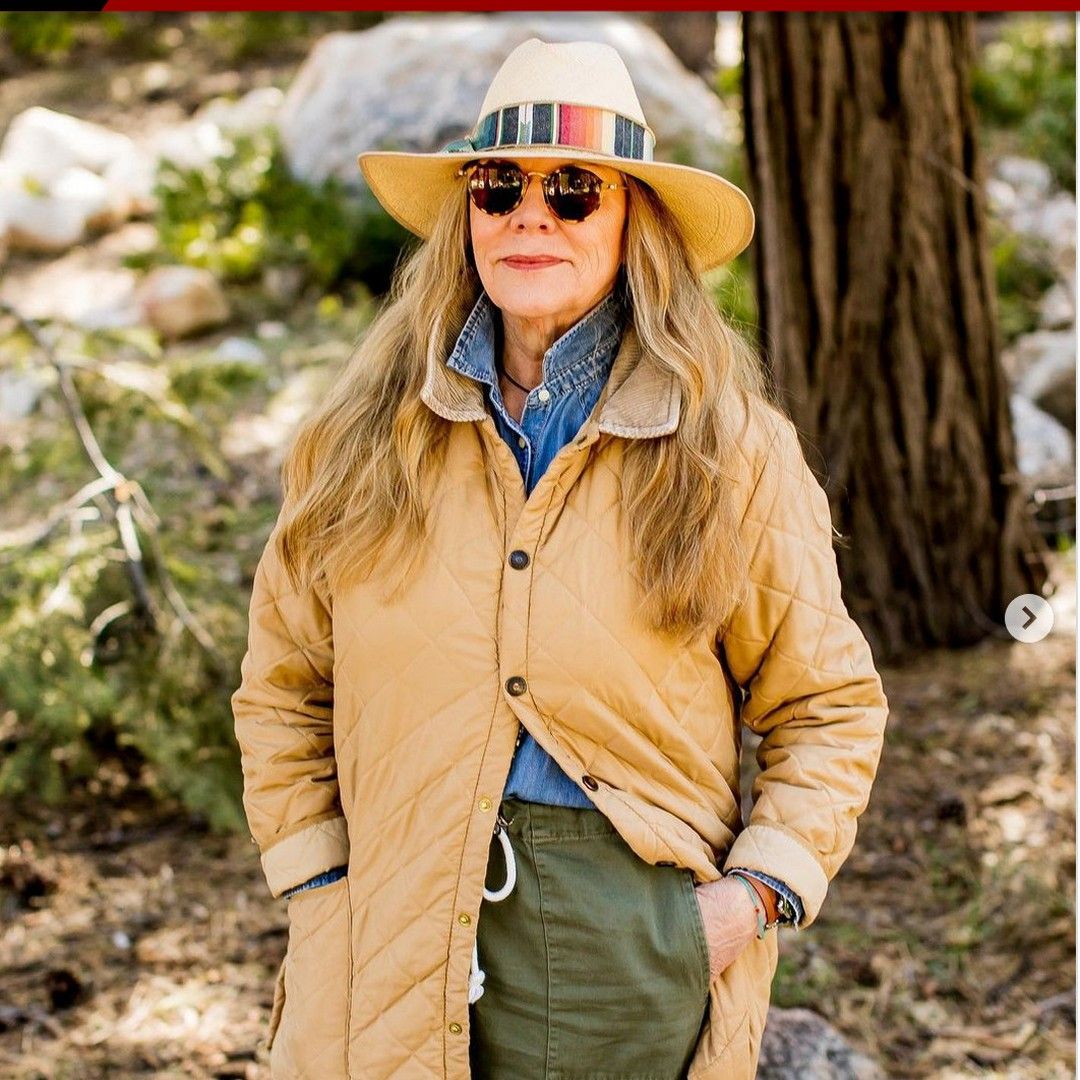
[from Susan Hayden]
She was a wondrous mix: exuberant, artistic, witty, striking, tasteful, warm, curious, outspoken, devoted, generous, encouraging, interested, interesting, a visionary, a justice-seeker, stylish beyond belief. She was the founder/curator of Mag.Pi boutique―one in Studio City, one in Lake Arrowhead—surrounded by local artists whom she supported by sharing their work. She was behind the counter, offering carefree and cool real-women clothing, handmade ceramic animals, original photography, art of all kinds, jewelry with stories behind each piece, vintage nudes of old-tyme women on the walls. She was a practicing powerhouse activist. Longtime married, she was the mother of 9.
She was LAURI CARLETON: shot and killed for hanging a pride flag outside of her shop Friday night, the one in Lake Arrowhead. I only knew her from being a customer in her Studio City outpost, and always with her there, a great conversation, a colorful, enriching exchange ensued. My heart goes out. And out.
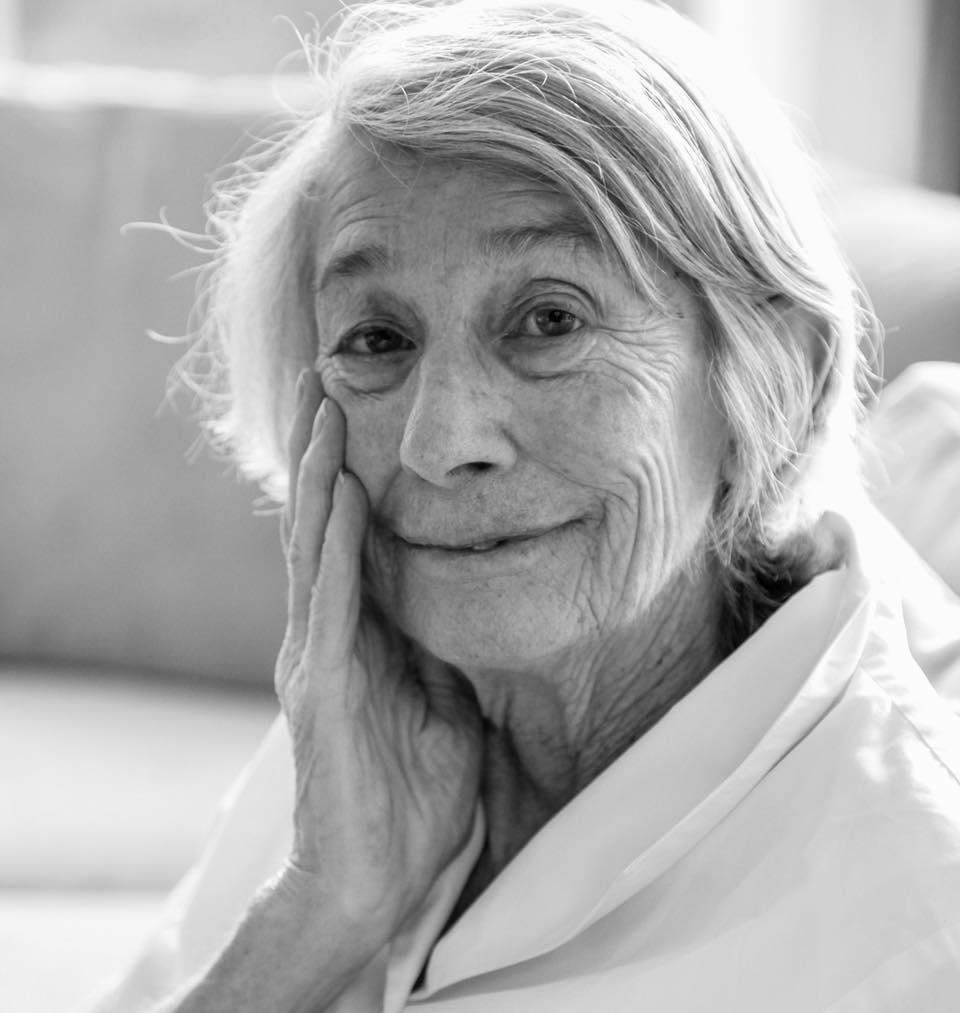
“I worried a lot. Will the garden grow, will the rivers flow in the right direction, will the earth turn as it was taught, and if not, how shall I correct it? Was I right, was I wrong, will I be forgiven, can I do better? Will I ever be able to sing, even the sparrows can do it and I am, well, hopeless. Is my eyesight fading or am I just imagining it, am I going to get rheumatism, lockjaw, dementia? Finally I saw that worrying had come to nothing. And gave it up. And took my old body and went out into the morning, and sang.”
- Mary Oliver
ROUNDUP

“How did Lagos achieve this? For one, there exists an older generation of Nigerian artists—Olu Amoda, Rom Isichei, Kainebi Osahenye—who survived the dictatorship of the 1980s and ‘90s. They’ve seen how a once flourishing scene can collapse and are working to keep the current one propelled. But a younger generation sees possibility in the changes since democracy returned, too.”
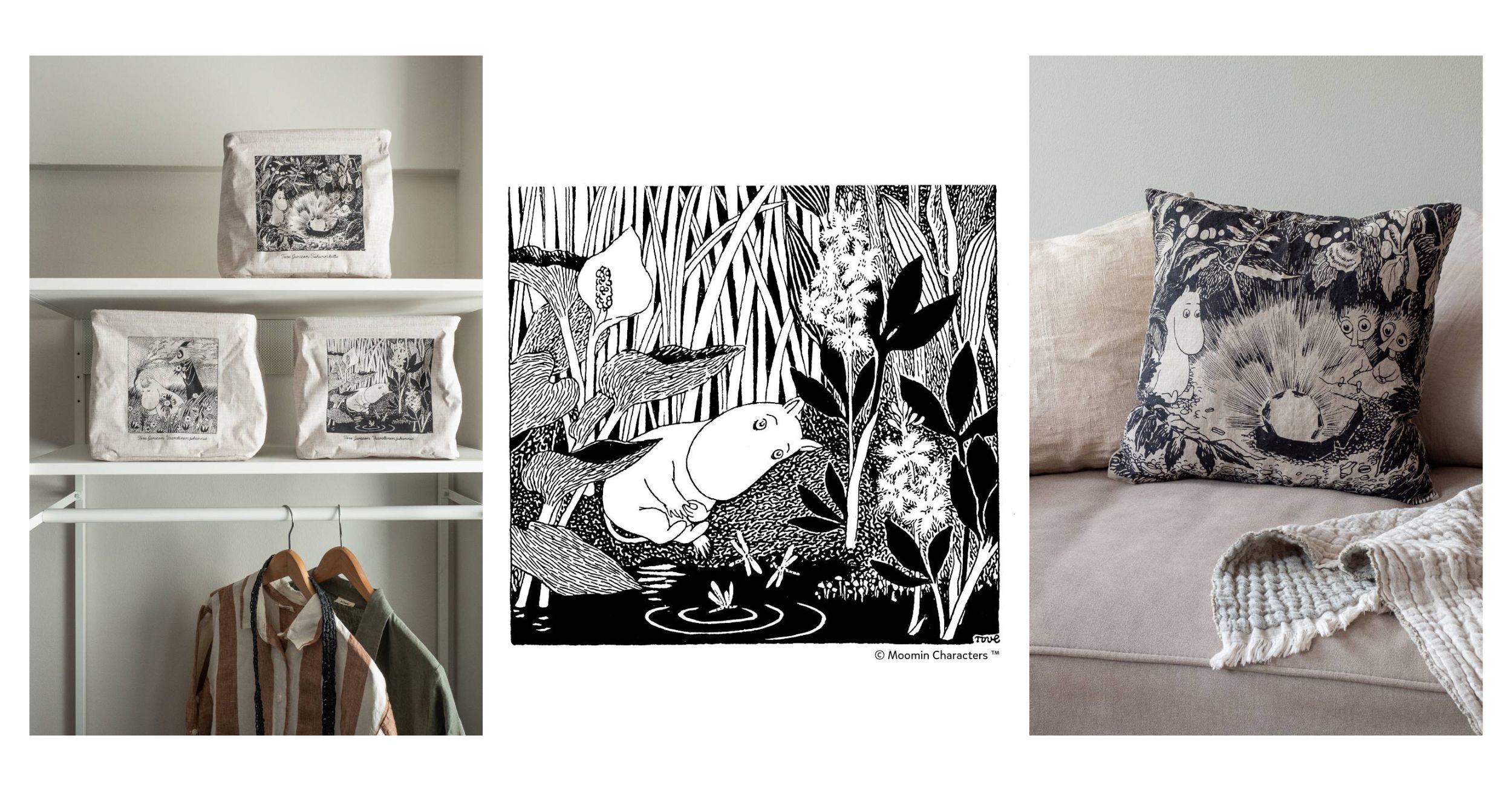
“He thought about how much he loved everything, the forest and the sea, the rain and the wind, the sunshine, the grass and the moss, and how impossible it would be to live without them all…”

"Dambo says he's always moved by people's emotional response to his sculptures. He also knows it helps that his trolls have become social media stars. He hopes that while people are taking their selfies, they also look around and discover the wonders of the world the trolls are protecting."
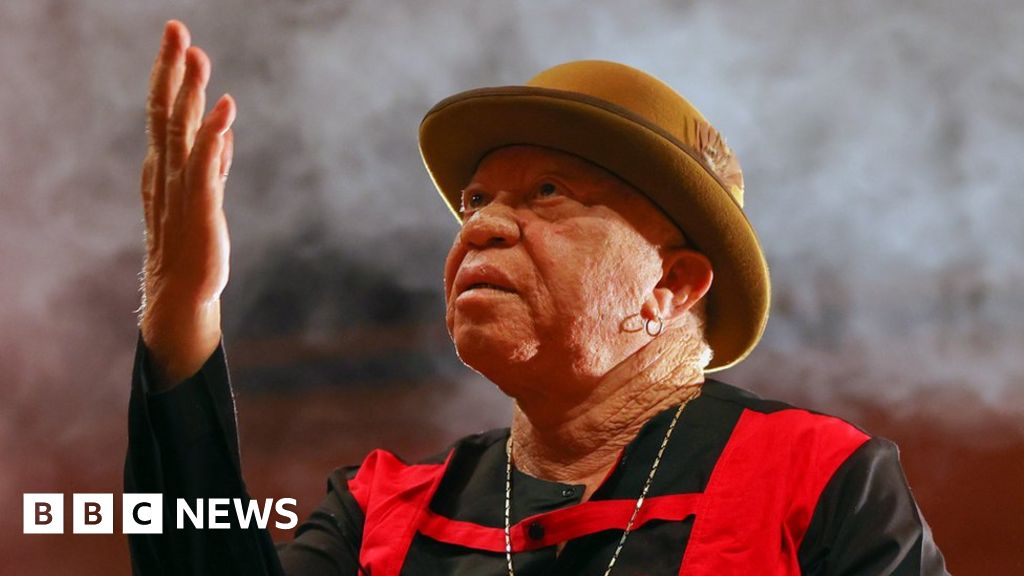
“Musicians around Africa have often spoken out against military takeovers, oppressive regimes and democrats who turn into autocrats. Often at a great personal cost. Zombie was a huge hit in 1978 for Nigeria's Fela Kuti - it is a passionate rallying cry against the brutality of the then military regime, which detained and beat him. Angélique Kidjo had to flee Benin in 1983 - because she refused to praise the work of the country's then communist regime. She could not speak to her parents for six years because their phone was tapped. But other musicians have aligned themselves with authoritarian rulers.”

“I was fortunate as an actor to study with the great acting teacher, André Gregory, the focus of the movie, My Dinner With André, and he would meet with the students. And I had tea with him once, and he said, "How are you doing, Rainn?" And I said, "You know, André, I'm just feeling so cynical. I'm feeling pessimistic. The world is a pile of crap, and it's getting worse." And I'll never forget this experience. He grabbed my arm like a vise, and he looked into my eyes and he said, "Stop it. Don't do it. Don't be cynical. Everything wants you to be cynical. Everything out there in the world wants you to be pessimistic. If you're cynical, they win. You have to keep hope alive." And that was transformative. And I walked out into the West Village, out of his apartment, and I really saw the world in a different way and realized that fostering hope and fostering joy in others is maybe our highest spiritual calling that we can do. We have to keep hope alive that we can transform ourselves, that we can transform the planet. And that is a key pillar to the spiritual revolution.”




